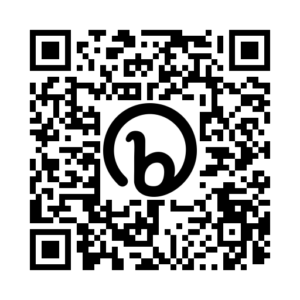The Transforming Education Summit is an opportunity for world leaders to commit to transforming education so that every child in the world can access quality, equitable, inclusive education and lifelong learning.
This includes the 240 million children with disabilities worldwide who, even before COVID-19 disruptions to education, experienced disparities in learning. Compared to children without disabilities, children with disabilities were 49% more likely to have never attended school and 42% less likely to have foundational reading and numeracy skills (UNICEF, 2021). The COVID-19 pandemic exacerbated these discrepancies, compounding the learning crisis for the most marginalized learners.
Transforming education to reach all learners, including those with disabilities, is needed to ensure resilient and inclusive education systems. Solutions that support the inclusion of learners with disabilities, who are often those most at risk of neglect, stigma and abuse, are the same approaches that support the well-being and success of all learners.
Inclusive education, by focusing on the well-being and success of students with disabilities, is a means of achieving high-quality education for all children and young people (UNCRPD, Art24 GC4). Investment in inclusive education systems, with diversity at the core, is key to transforming education.
Recognising the power of inclusive education to transform education, we call on everyone to show that the 240 million children with disabilities matter and commit, by 2030, to:
- Progressively increase budgetary allocations for disability-inclusive education towards being at least 5% of education budgets.
- Set a medium to long-term target to ensure all learners with disabilities are reached in all education programmes, recognising that at least 10% of learners in any country will be learners with disabilities.
- Ensure all education programmes and grants mainstream disability and include disability-inclusion criteria and targets.
Achieving these three commitments would not only reverse the education gap for children with disabilities but would transform education systems in a way that will bring benefits to all and will help make greater, and more rapid, progress towards the achievement of SDG4.
How to meet the commitments?
- Progressively increase budgetary allocations for disability-inclusive education towards being at least 5% of education budgets.
- Adopt a ‘twin-track’ approach to education budgeting that promotes system-wide transformation to improve the quality of education for all, whilst also providing targeted support to learners with disabilities. This includes increasing the number of specialised teachers and support staff as well as accessible edtech and ensuring early identification and support for learners with disabilities.
- Fund the specific support needs of students with disabilities by budgeting for assistive technology, braille literacy, bilingual sign language education, and captioning, among others. Progressively phase out segregated schools and reinvest in delivering truly inclusive education.
- Invest in teacher training, including in teachers with disabilities, that enables and empowers teachers to create learning environments that accommodate diverse learning styles, such as applying Universal Design for Learning, and accessible assessments.
- Promote participatory budgeting and budget transparency that meaningfully engages learners with disabilities, organisations of and for persons with disabilities, and the teachers, parents, and carers of learners with disabilities.
- Strengthen inter-sectoral alignment of budgets to enable the provision of full support systems that respond to the interconnectedness of health, social protection, transportation, education (and other related sectors) for children and youth with disabilities and their families, from birth onward.
For practical ideas on how this can be done, review and use the disability and gender-responsive budgeting toolkit.
- Set a medium to long-term target to ensure all learners with disabilities are reached in all education programmes, recognising that at least 10% of learners in any country will be learners with disabilities.
- Ensure all education data, from early childhood through to tertiary and vocational education and training, is fully disaggregated by gender and disability.
- Integrate the Washington Group Questions on Disability into all education management information systems.
- Support education systems to use the UNICEF/Washington Group Child Functioning Module to track and reach children with disabilities who are in and out of school.
- Ensure all education programmes and grants mainstream disability and include disability-inclusion criteria and targets.
- Develop clear criteria and targets on disability-inclusive education for all education programme grants.
- Ensure specific allocations and guidance on mainstreaming disability are included in all education funding programmes and grants.
- Track all donor investments in education at all levels using the OECD-DAC’s policy marker on the inclusion and empowerment of persons with disabilities.
- Actively involve organisations of persons with disabilities (OPDs) as well as other civil society organisations, in the design, development and implementation of education programmes.
This is an ambitious call to action.
We believe it will truly transform education and CAN ensure inclusive and equitable quality education and lifelong learning opportunities for all by 2030. Will you join us in making this call a reality for all children?
Sign on to the call to action: https://bit.ly/TES-CTA


